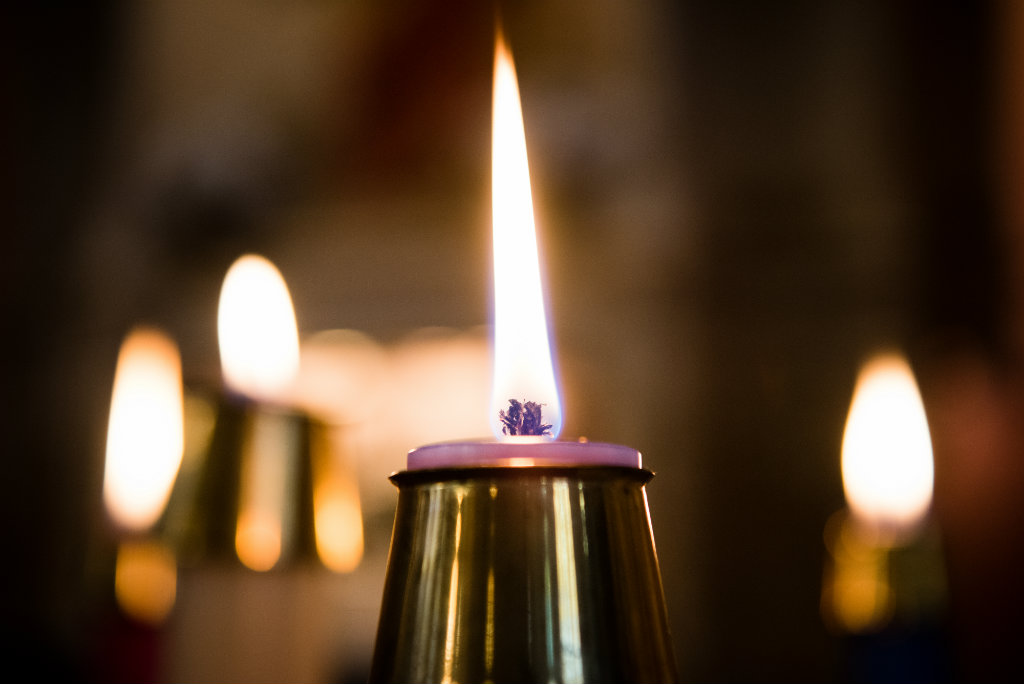by Kevin Hildebrand
Even if you’ve never heard of the “O Antiphons,” chances are you are more familiar with them than you may realize, since they are the basis of the well-known Advent hymn, “O Come, O Come, Emmanuel.”
But first, a little background: What are these O Antiphons, and what do those terms mean?
The “O” part is easy to figure out. Each antiphon begins with that address, just as other songs of the Church do, such as “O Come, All Ye Faithful” and “O Morning Star, How Fair and Bright.” Each of the seven O Antiphons addresses Christ with a different title from the Old Testament:
O Wisdom
O Adonai (the Hebrew word for Lord)
O Root of Jesse
O Key of David
O Dayspring
O King of the Nations
O Emmanuel
What is an antiphon?
An antiphon is a term we see in worship regularly. An antiphon is a refrain that is sung before (and sometimes after and during) a Psalm or other song, and it’s typically is a Bible verse or a historic liturgical text. A common example is in Matins, when the pastor and congregation sing, “Blessed be God the Father, the Son, and the Holy Spirit; O come, let us worship him,” both before and after the Venite, “O come, let us sing to the Lord” (see Lutheran Service Book 220-221).
The origin of the O Antiphons is around the eighth century. In larger cities and monasteries, it was customary to have services daily (or several times a day), and in the seven days before Christmas Eve, it became a regular practice to sing the assigned O Antiphon before and after the Magnificat ( “My soul magnifies the Lord.”) at the evening Vespers service.
In the twelfth or thirteenth century, these antiphons were paraphrased into metrical, poetic verses which became the hymn, “O Come, O Come, Emmanuel.” This hymn, found at LSB 357, includes the text of the O Antiphons on the facing page, making it easy to see the correlation between the stanzas of the hymn and the antiphons. One alteration in order occurred: The final antiphon (O Emmanuel) became the first stanza of the hymn instead of the seventh.
What’s their purpose?
These O Antiphons can continue to teach, enlighten and comfort the Church today. They can be used throughout the Advent season, not just during the week before Christmas. Suggested uses include the following:
- As an antiphon before the Magnificat in Vespers. Instead of singing “Let my prayer rise before you as incense,” one of the O Antiphons could be sung according to psalm tone B (LSB page xxvi, in the very front of the book).
- As antiphons before and after a psalm during the Advent season.
- A soloist, choir or vocal ensemble could sing the appropriate antiphon in alternation with the congregation singing the corresponding hymn stanza. The seven stanzas and antiphons could be distributed among each Sunday or midweek Advent service.
- As appropriate music for the Advent season, including larger settings for choir and instruments, by composers such as Jeffrey Blersch, Donald Busarow, Carl Schalk, and Healey Willan.
- As prayers or devotional material.
Kevin Hildebrand is kantor and co-director of the Good Shepherd Institute at Concordia Theological Seminary, Fort Wayne, Ind.
This article first appeared in the December 2013 issue of The Lutheran Witness.




I enjoyed the article.
Learned new details about the
Great “O” Antiphons.
I liked the reference to the LSB.
I wish the LSB had not removed the lovely reverence of the liturgy found in TLH. Also, the LSB bowed down before the altar of Political Correctness by changing wordings in so many places.
Agree!
Great enlightenment!